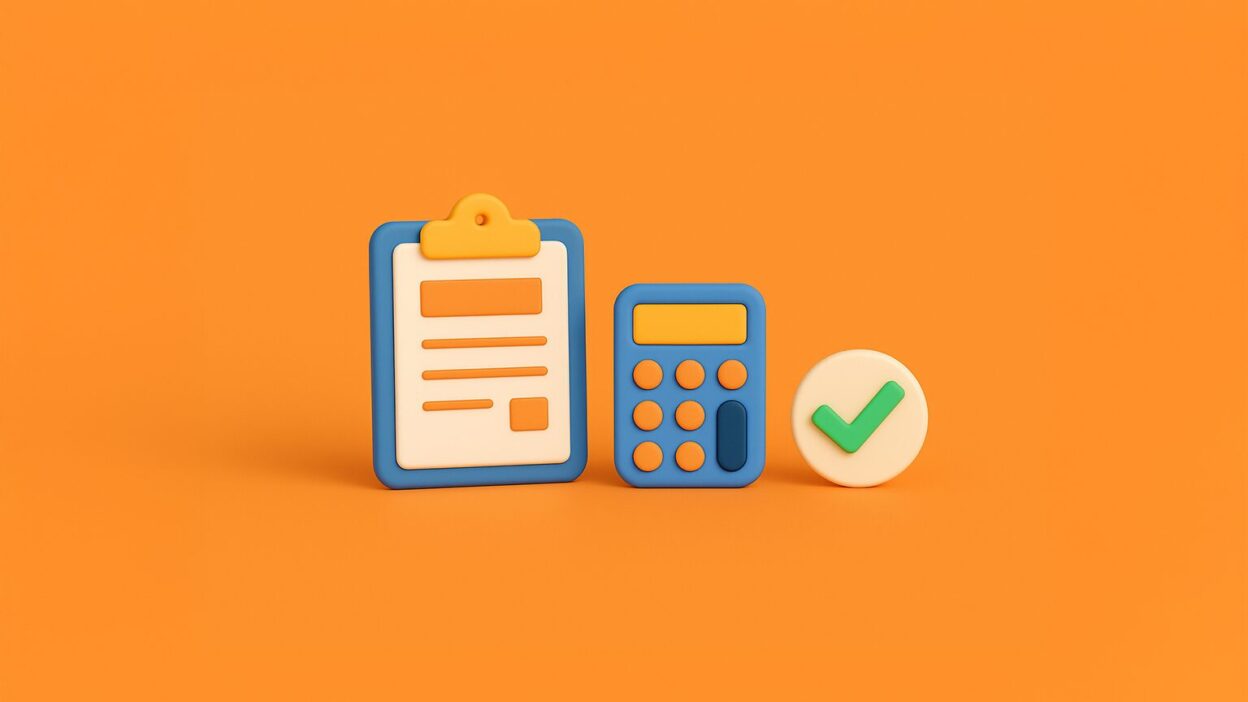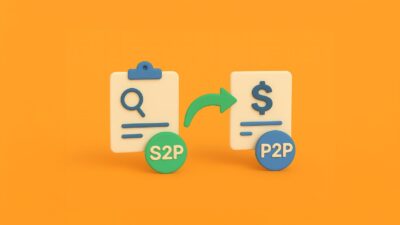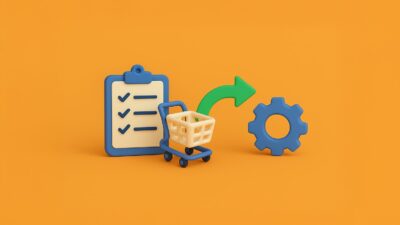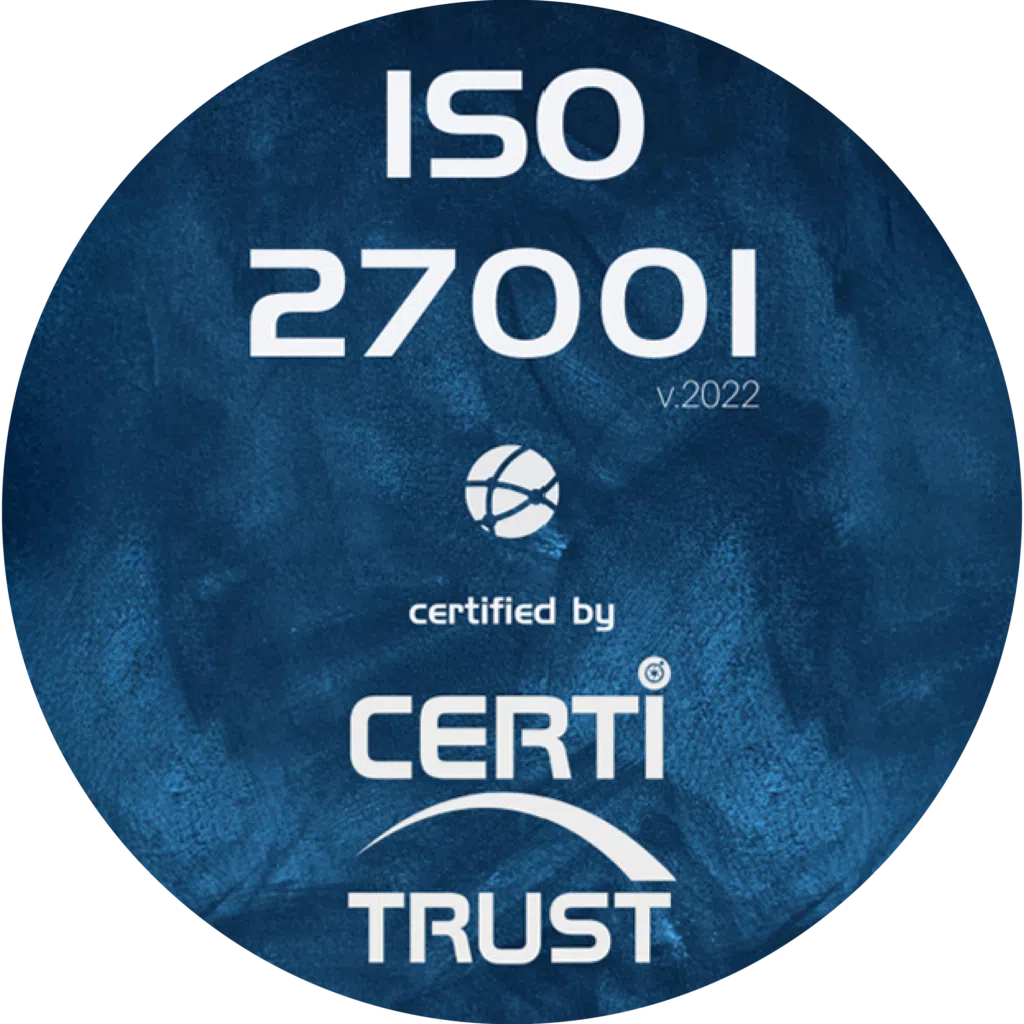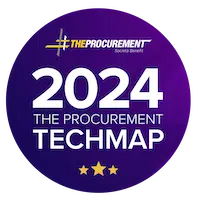In order to control your accounts payable, you need to have visibility of your provisions and the will to optimise your purchasing process. Managing supplier invoices is not difficult, but it can be time-consuming, especially if you process them manually. The technological benefits of dematerialising supplier invoices can lead to significant changes for the company, such as savings in time and money. Without going as far as a dedicated dematerialisation solution, you can optimise the processing of supplier invoices from your purchasing process. How can you do this? Find out in this article.
The steps involved in optimising invoice processing
The first step is to carry out an internal audit of your purchasing management and accounting department. Take a close look at the workflows and map out each step. Consider the procedures and obstacles. First you need to ask:
- Where the invoices come from,
- Your method of data entry,
- The reconciliation of purchase orders,
- The validation circuit(s),
- Exceptional processing times and their causes,
- The time required for each stage,
- The percentage of invoices in paper format / electronic format
- The volume of incoming invoices and invoices to be processed per month.
The second step is to determine your current situation. Are you still entering invoices by hand? Some companies still enter the majority of their invoices manually. This increases the risk of human error and backlogs. Fully automated companies take an average of 3.9 days to process and approve an invoice, while companies that still enter everything manually need an average of 17.6 days. This increases the average processing cost.
You can go aboutidentifying andimproving your purchasing process. Determine what your ultimate objective is. Reduce costs? Save time? Control expenditure? Greater visibility? Refer back to your audit and determine whether any of the points analysed can be eliminated or improved. In other words, does each step contribute to your bottom line? At this stage in the process, you can call on other members of your team to give their opinion.


Accounts payable invoice processing
Invoice processing is theset of workflows set up to manage invoices. Receiving an invoice and paying it are generally similar, although there are minor differences in the process. This varies according to the people involved and the steps required to move from purchase to payment. The key elements of the process are as follows.
The people involved
These are the decision-makers, the accounts payable team, the approvers and the suppliers.
Types of invoice
The corresponding to an order is the set of invoices that correspond to a purchase order and the receipt of goods. Recurring invoices are those expected from the same suppliers on a regular basis. Utility invoices concern items intended for production.Credit notes are invoices returned to you by the supplier. Invoices without approval (PO) are often the result of indirect purchases made by employees.
Processes to be installed
When invoices are digitised, they are automatically routed to the recipients. Three-way matching is an automatic match between the purchase order, the receipt of goods and the supplier’s invoice. Exception handling is the process of correcting the situation where an order number and invoice do not match. Centralised invoicing is consolidation and processing in one place.
A closer look at management processes
All the people, tools and processes need to work together seamlessly. An optimised, well-managed and automated invoice processing process must take account of obstacles. If an error occurs, it will be detected and corrected instantly.
Who is responsible for managing invoice processing?
Invoices can come from any department, marketing, IT, administrative staff or any other intermediary. Supplier management differs from one company to another. However, the accounts payable department is generally responsible for receiving invoices and checking the validation circuit before processing them. Electronic invoice software such as Weproc makes this processing phase easier.
Is automation right for your team?
When supplier invoices are dematerialised, every stage in the process, from procurement to payment, can be handled automatically. Digitised companies are more likely to benefit from early payment discounts than those still using paper, because their invoices are paid on time, every time. Everything is captured, centralised and accurately accounted for. Before automation, the purchasing department was seen as a team that paid invoices. Digital transformation is enabling them to concentrate on their value-added missions and to finally be seen as a strategic asset. Negotiating supplier contracts, optimising processing costs, maintaining supplier relationships..
All these changes don’t mean throwing everything away and starting from scratch. You can always add to your existing process and make improvements gradually. The best solution is always the one that suits your team best. Weproc’s purchasing software can provide your department with the knowledge, best practices and basics to optimise supplier invoice processing.
Want to learn more about our Weproc procurement management software?
Contact us or request your 15-minute demo below!

